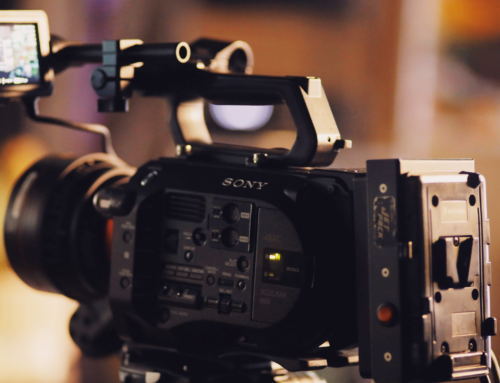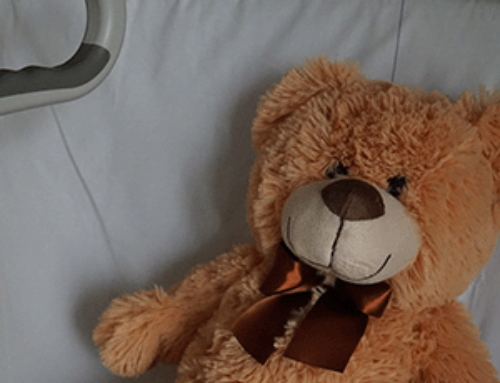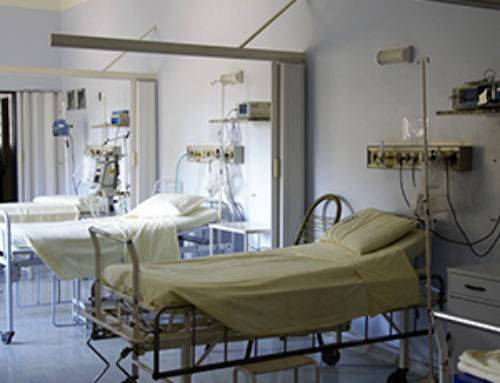Interview with Seiji Sugimura, the Chairman of the Citrullinemia Patient Association in Japan
Interview with Seiji Sugimura, the Chairman of the Citrullinemia Patient Association in Japan
BY: SEIJI SUGIMURA
In December 2008, I developed CTLN2. I was on an overnight stay for a training course for work. At around 10 pm, I was seen walking around the training centre without a jacket, even though it was wintertime. The neighbourhood association was patrolling at night, so I was approached by them, and I regained consciousness. Disorientation is a typical symptom of CTLN2. It was later discovered that the same thing had happened the previous summer –I was found walking around in the corridor during the night at my parents’ house. But in the morning, I was back to normal, so my parents didn’t mention the unusual behavior I exhibited.
The first doctor I went to did not understand my condition well, so I was at the stage where he only prescribed medication to monitor my progress. I was lucky that the second doctor I found who was a neurologist and had seen a patient with citrin deficiency before. Under that doctor’s direction, my ammonia levels were tested, and it was determined that I was likely to have citrin deficiency. This doctor contacted Dr. Yazaki, who suggested genetic testing and confirmed the diagnosis.
I had never heard of the disease. That is why I was initially referred to a psychiatrist through my company doctor for epilepsy. Because of the abnormal behavior observed, I was seen by the psychiatrist, just like other people with the onset of epilepsy for CD. I was first prescribed drugs such as valproate and Tegretol, but they were not effective, and my symptoms worsened.
Before my diagnosis, I had eating habits and I felt tired easily. My tiredness increased, especially after I started working. Looking back over the past few years, after a one-day business trip to Tokyo from Osaka and back, I was always tired for several days after that and I used to doze off at work sometimes. I used to drink when I was a student, but I vomited immediately. Many of my relatives drink, but I was the only one who couldn’t. My parents could drink too, so I thought I just couldn’t drink because of my constitution. Looking at their diet, my siblings might also have CD. Three out of the four of us have a similar diet so we never struggled with food as a child. None of my siblings have been tested for CD, I think I’m the only one with CTLN2.
Until I went to see Dr. Yazaki, I was consuming the opposite diet of what I should be taking, which had a significant negative impact on my symptoms. The general diet to control ammonia was recommended, which was to reduce protein and eat more starch. This was not the fault of the doctor or nutritionist, but simply due to a lack of knowledge about the disease. I had frequent episodes of severe to mild symptoms every two weeks until I was seen by Dr. Yazaki. I struggled during these times. I was hospitalised for treatment at Shinshu University from September to October 2009 and my medication was adjusted. After discharge from the hospital, my symptoms worsened only once, but other than that, I am almost symptom-free. Never really had serious abnormal behaviours. Occasionally I feel very drowsy, but when that happens I just go to sleep without eating anything and I feel better.
In 2009, I started with sodium pyruvate, and I have been taking it continuously for the last 14 years since then. I also received nutritional guidance on my diet. I was also prescribed arginine. I don’t take any forms of MCT. I feel that I get enough nutrition from food.
About the Patients’ Association
The Citrullinemia Society was established in 2004. It was before the condition was established under the name citrin deficiency, and not even included in paediatric textbooks.
Was it set up as a citrullinemia association from the beginning?
Yes. The name of the group is currently Citrullinemia Patient Association. The majority of our members (more than 90%) are citrin deficiency patients. There are also a few people with CTLN1. However, in terms of treatment, it can be said that this patient association mainly provides information on citrin deficiency. It was founded by people who had developed CTLN2, hence the name ‘Citrullinemia Patient Association’. 12 families came together to form the society. The founding members included people with adult-onset disease and families of children with citrin deficiency. The number gradually increased and by the time I joined, there were 46 families involved. Ten years later, more than 100 families are now part of the Patients’ Association.
When did you become Chairman of the Board, Mr Sugimura?
I became Chairman of the Board in 2011-2012. After a bit of a discussion with the previous chairman, he asked me to take his place. The Patients’ Association itself is not active in working with medical professionals and the government. Citrin deficiency is a disease related to constitutional factors, so it does not cause any major problems in daily life and the majority of people live a normal life. We are run by the patients themselves and we do as much as we can. I also work full-time separately at the same place I was working when I developed the illness.



